Gardening might just be one of the most rewarding hobbies out there. You get to build something beautiful just from a few seeds. If you want to get in on the action, this is the right time. With spring just around the corner, it’s the ideal time to start laying the grounds for your garden. The chances of success are highest this time of year, so you better hurry up and get everything settled.
1. Plan out your garden
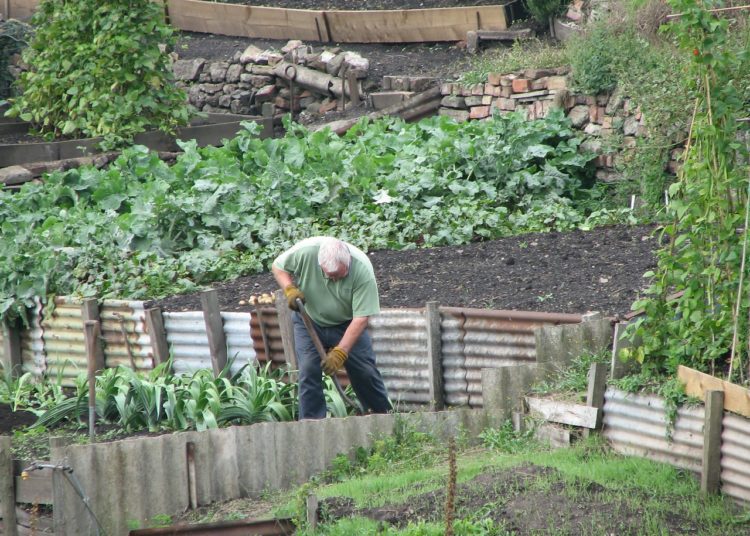
Before you start anything new, you should come up with a plan. See how big of a space you’re working with and decide how many plants you can fit in it. An area in your back or front yard should be sketched out and thoroughly prepared. You can start by digging the grass and making the soil ready for planting. Then, you’ll have to figure out where you’ll put your plants.
Ideally, they should be comfortable and have a plethora of space between them. This will help your plants grow freely while not attracting any pests. As the leaves and stems will be drafty, bugs won’t want to stick around. If you’re planning on starting an indoor garden, make sure the pots are widely spaced for the same reason.
2. Choose your plants
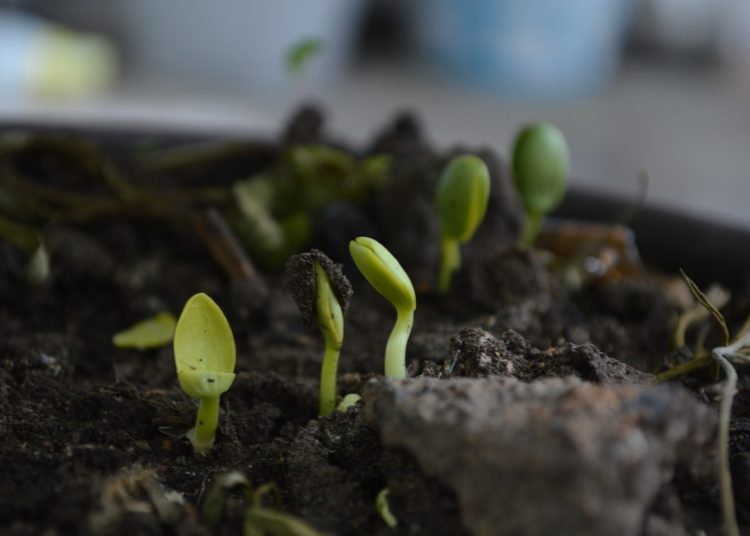
Not all plants can be planted in the early spring. That’s why it’s wise to do some research and see exactly what you can plant in what times of spring. You can start your garden with healthy and easy greens. Among those are kale, lettuce, and spinach. Of course, we can’t forget peas. As spring progresses, you’ll be able to choose from a variety of other different vegetables.
In April, you can look forward to planting carrots, cabbage, corn, and beet. All of these will be ready for summer if you plant them in April, giving you some fresh and healthy veggies to enjoy with your family. As far as late spring is concerned, turn your attention to tomatoes, squash, and melons. These, too, will be ready just in time for summer to begin. A wide array of veggies is available all year long, but the aforementioned should be enough to get you started and acquainted with the wonders of gardening.
3. Tend to your garden regularly
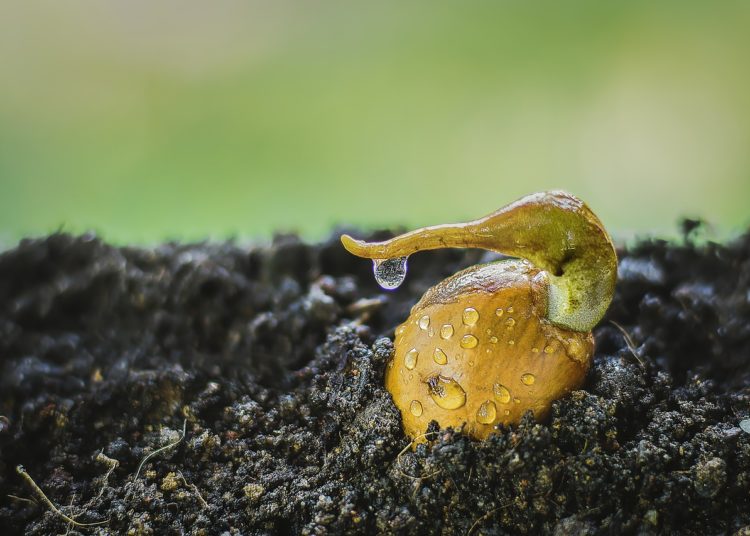
You may think that just planting and watering is enough to sustain a garden. Sure, this method is plausible, but you’ll probably notice your plants dying after a while, even with this care. This is probably because they got a disease or a pest infection that you haven’t noticed until it was too late. To prevent such tragedies, it’s advisable to check your plants often.
With a pair of proper gardening gloves, wade through the leaves and thoroughly check the stems. Bugs can often eat away your produce, too. The goal of your garden is to be pest and chemical free, which is why you might want to turn to solutions other than pesticide. Natural repellents are an excellent choice and will keep your garden growing strong without the meddling of disease or pests.
4. Pick the right varieties
As you’ve probably been grocery shopping at the supermarket up to know, you won’t be familiar with the fact that there is more than one variety of a given vegetable. You may think you don’t like a certain veggie, but perhaps you just don’t like the common variety sold in the supermarkets. Before you plant the above-mentioned veggies, make sure to check out what kind of varieties are available. Some may taste better while others may have easier maintenance instructions.
In any case, you’ll discover a whole new world of vegetables that will help you and your family eat healthier. You’ll also unlock the full potential of your garden, as you can start with the easiest variety until you master it, and then move on to something more challenging.
5. Come up with a watering schedule
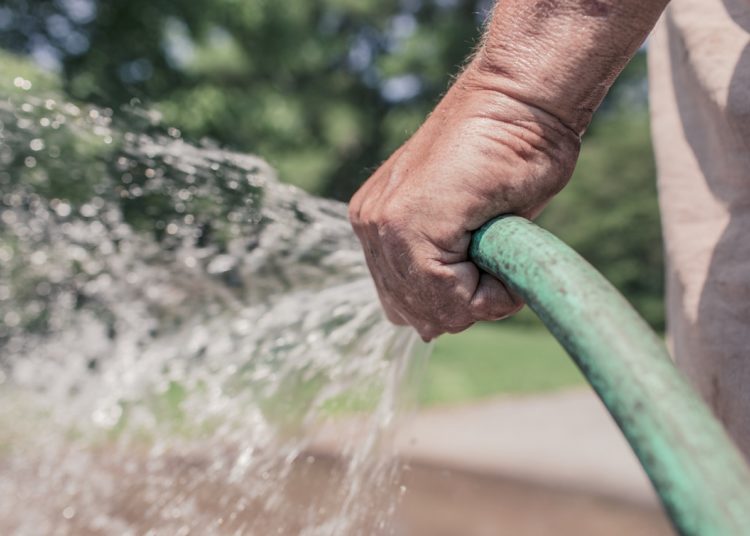
Watering your plants on a schedule can help minimize their stress levels, which will, in turn, help them grow. Strong and self-sustaining plants are those you aim to cultivate, and a fixed watering schedule can help make that happen. Ideally, you should water your garden in the morning. Have your long garden hoses ready the first thing you wake up and take a brisk walk along the garden.
This will help plants stay damp in the hottest part of the day. When the sun is at its highest, you won’t have to worry about your plants cracking and drying up. By the time the sun sets, they will have absorbed all the water, leaving them ready for the night when the air is naturally damper. Watering in the morning keeps them sufficiently fed during the day, and greatly aids in the process of growing. Of course, you should still check if the plants you bought have specific watering instructions, as some thrive better on a different schedule.
6. Prepare a composting bin
Finally, you should think about preparing a composting bin. Having organic fertilizer can benefit your garden greatly if you use it correctly. Composting, especially, is a good practice because you’re completely eliminating waste. Now that you’re growing your own food, you’ll be minimizing organic waste, but with composting, this will turn into real eco-friendly activity.
You can decide to build your own bin or opt to buy one from the store. Whatever you decide, make sure to position the bin somewhere it won’t bother anyone. Though it may be beneficial, it’s not really pleasant looking or smelling. For these reasons, you should also opt for the bin which has a lid.
Conclusion
As you can see, starting a garden takes a lot of work. Soon, it will all be worth it though, as you’ll have your own sanctuary to enjoy and marvel at. One of the best feelings in the world is getting to revel in the feeling of having made something truly magnificent. Your work is bound to be appreciated by others, too, as a beautiful garden doesn’t leave anyone with a straight face.
Author BIO

Liam Smith is a young and aspiring Australian blogger with a passion for everything related to home, design and lifestyle. He has a B.Sc. in Interior design and is an avid reader.


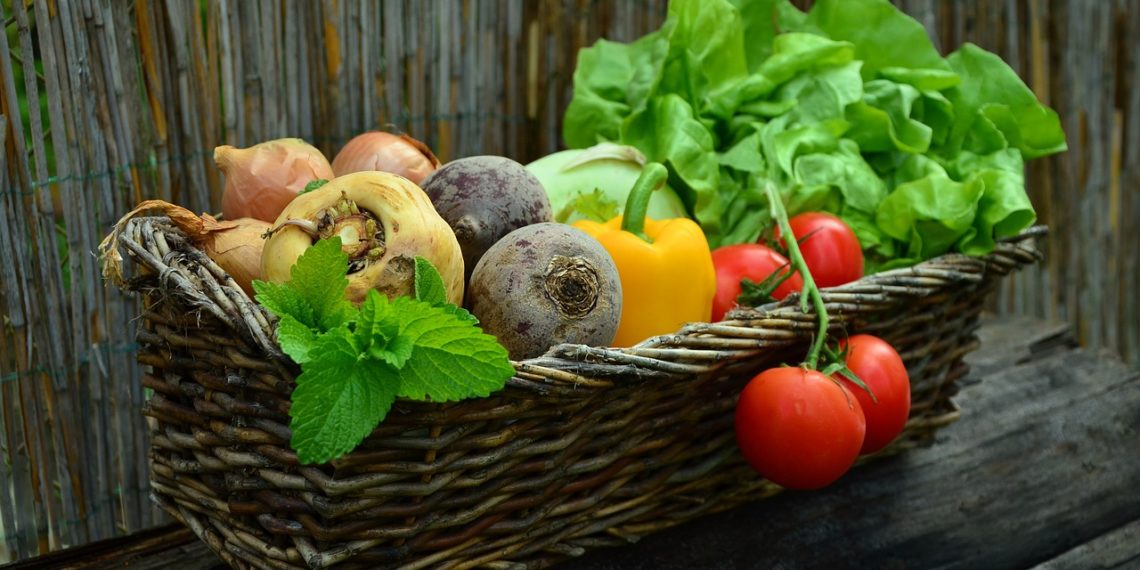

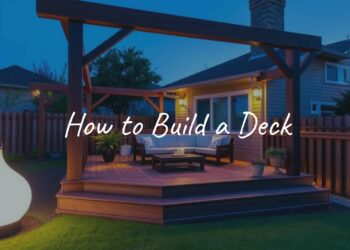

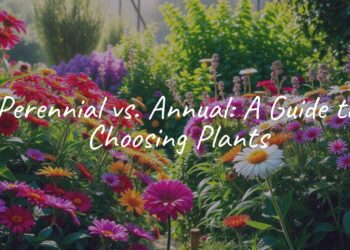








![What to with Scrap Metal? [infographic]?](https://facts-homes.com/wp-content/uploads/2019/07/645413-POPYOV-391-120x86.jpg)







